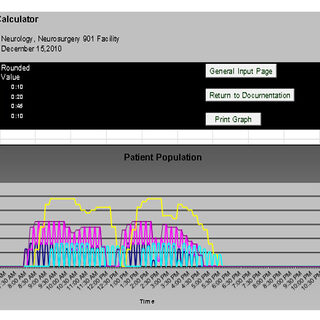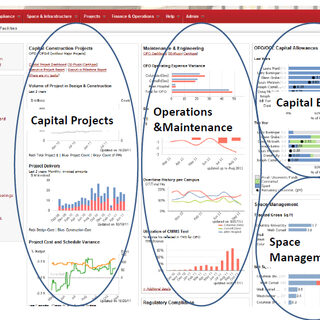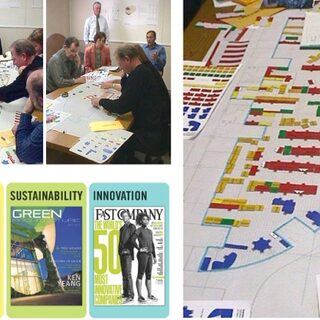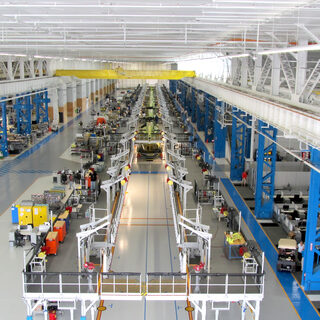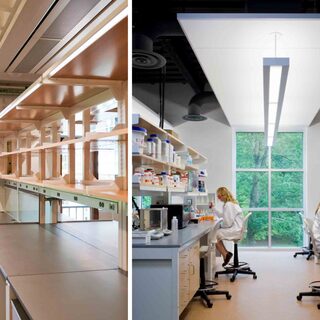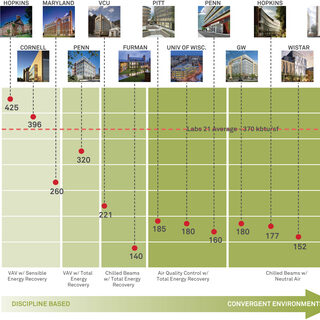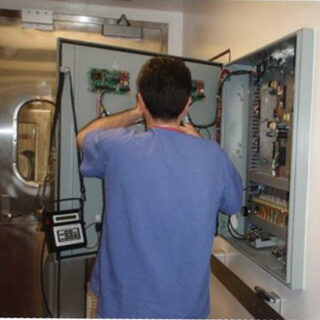Facility Space Planning with the Help of Big Data
With an overwhelming amount of space data—collected from and managed by RFID chips, space utilization models, visual schedule maps, BIM—the best outcomes increasingly rely on the ability to analyze, distill, and communicate that information, according to Jeff Funovits and Alex Wing, principals with Stantec. This is particularly true when it comes to the design and planning of medical, research, and educational environments, where efficiency and meaningful learning or clinical outcomes are the measures of success.

